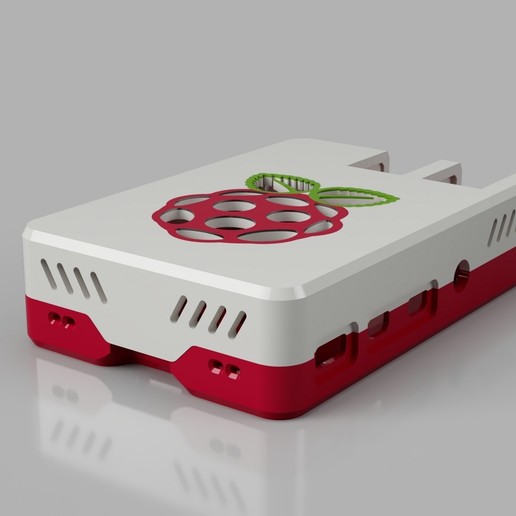
Malolo's screw-less / snap fit Raspberry Pi 4 Model B Case & Stands
cults3d
This text appears to be a tutorial on how to print a multi-material case for the Raspberry Pi using a 3D printer. The author explains in detail how to set up Prusa Slicer to achieve this, including: 1. Setting up the slicer to support multiple extruders. 2. Adding STL files for each color of the case. 3. Configuring the print settings to use each extruder for each color. 4. Printing the case. The author also provides some tips and tricks, such as how to keep track of which filament to insert next during the print process. Additionally, the text includes a naming scheme for the STL files, which helps users pick the right files for their specific needs. Lastly, the author mentions that there have been updates to the case design, including the addition of OpenSCAD Customizer scripts, new versions with cooling fan support, and a new "Mesh" style for the top and bottom of the case.
With this file you will be able to print Malolo's screw-less / snap fit Raspberry Pi 4 Model B Case & Stands with your 3D printer. Click on the button and save the file on your computer to work, edit or customize your design. You can also find more 3D designs for printers on Malolo's screw-less / snap fit Raspberry Pi 4 Model B Case & Stands.
